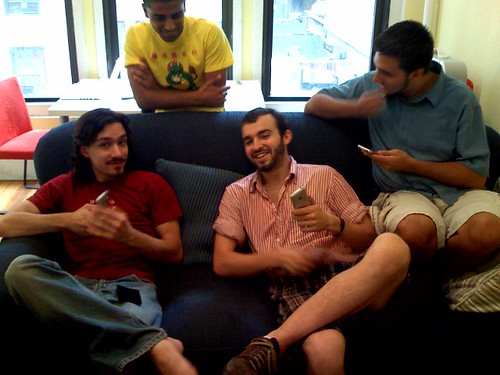My twitter feed has brought me a few good tips and tricks about best practices for writing clicker questions, most of them from Derek Buff. He’s the author of Teaching with Classroom Response Systems: Creating Active Learning Environments. He recently wrote two good blog posts on the subject. The first is a collection of resources from others and the second is a synthesis of Derek’s own 9 best practices for writing clicker questions.
I’ve got another ‘potential’ best practice that I am trying out this term. I am offering bonus marks to my students to formulate a clicker question for me. What I ask them to do is to formulate a potential clicker question for me when they are doing their readings for the week and then to post their suggested question to a public discussion forum on the class website. I explicitly ask them not to divulge the answer in their posting. Every student who submits a question will earn 0.2 bonus marks that week. I will then select one (or more) of the student submissions and use it in class. If I use a student’s question in class, they will get triple the bonus marks for that week!!! I will run this bonus mark program for 12 weeks so each student has a potential of 2.4% bonus (or more if any of their questions are selected for use in class).
I feel this activity gives students a lot of incentives to promote their learning in a positive environment:
- It gives students yet another incentive to do their readings before they come to class.
- It builds a question bank of multiple choice questions on the class website which could serve as a useful study-tool for test preparation.
- It engages the student. It gives them a feeling that they are contributing to the classroom learning community.
- It shows students that the instructor values their contribution to the class - especially when student authored questions are formally used in class.

 Eric's ramblings, experiences and random thoughts about e-Learning, distance education and Educational Technology.
Eric's ramblings, experiences and random thoughts about e-Learning, distance education and Educational Technology.






